Curlews are a small group of sandpipers, all of which are in the Numenius genus. Researchers recognize eight different species of Curlew, the slender-billed, bristle-thighed, Eurasian, Eskimo, long-billed, little, and Far Eastern Curlew, and the whimbrel. All eight species have long, skinny beaks that curve slightly downward. Read on to learn about the Curlew.
Description of the Curlew
The different species of these birds have similar body shape, but different plumage and size. They have relatively long legs for their body size, and a long beak that curves slightly downward.
Their exact coloration varies from species to species, but like most sandpipers they are dull colored to better blend in with their environment. They also vary in size, from the 11 in. long Little Curlew, to the 25 in. Long-Billed Curlew.
Interesting Facts About the Curlew
These birds are quite interesting creatures. Each species of these birds is unique, learn more about some different individual species below.
- Long-Billed Curlew – This species is the largest member of the sandpiper family in North America. Their beaks are impressively long, at a whopping eight inches. Unlike most birds, female Long-Billed Curlews leave the male to care for the young when they are about two or three weeks old.
- Whimbrel – Whimbrels are the most common species of this bird. Their range extends from North America into Europe and parts of Asia. When the going gets cold, the cold get going, and migrate south into Africa, Australia, and South America!
- Slender-Billed Curlew – This bird is one of two Curlew species that are close to extinction. The IUCN lists this species as Critically Endangered. Researchers believe that there are as few as 50 adult Slender-Billed Curlews left in the wild. Their most pressing threats are hunting and destruction of their breeding grounds.
- Eskimo Curlew – Our second species on the brink is the Eskimo Curlew. The IUCN also lists this bird as Critically Endangered. During the 1800s, hunters killed two million birds per year, resulting in rapid population decline. Sadly, researchers have not received a single confirmed sighting since 1963, and believe that this bird is extinct.
Habitat of the Curlew
Different species of these birds prefer different types of habitats. Some species live in many different habitat types, others inhabit just a few different ecosystems. They live in different habitats during the breeding season than they do during the winter.
Some of their preferred nesting habitats are grasslands, prairies, pastures, and even cultivated farmland. During the winter these birds inhabit beaches, mudflats, estuaries, and other shallow-water ecosystems.
Distribution of the Curlew
Some of these bird species are widespread, and range across large expanses of land. Others only inhabit a small region, or migrate between two small regions.
Different species spend their summers in the Northern Hemisphere, including North America and Eurasia. Some of the different overwintering locations include South America, Africa, Australia, and the surrounding islands.
Diet of the Curlew
Curlews are primarily carnivorous, though some species do feed on fruits, berries, and seeds. They use their long bills to probe down into mud, sand, and other soft substrates.
Some of their most common prey items include worms, grubs, insect larvae, spiders, beetles, grasshoppers, caterpillars, and more. When they are near the water, they hunt for small fish, crabs, shrimp, worms, and snails.
Curlew and Human Interaction
Human interaction varies from species to species. Some species, like the Whimbrel and the Long-Billed Curlew, have strong populations and human activity doesn’t impact them as severely.
Other species, like the Slender-Billed and Eskimo, are much less fortunate in this regard. Hunting is usually the primary downfall for these birds, followed by habitat destruction. Habitat destruction is typically the most damaging in their summer breeding grounds.
Domestication
Humans have not domesticated these birds in any way.
Does the Curlew Make a Good Pet
No, these do not make good pets. Many species of them have declining populations, and every bird is important for the survival of the species. In most places, it is illegal to own a Curlew as a pet.
Curlew Care
Only some species of Curlews live in zoos. Most living in zoos became injured in the wild, and could no longer survive on their own. In these cases, zoos provide them with a lifetime supply of food and an enclosure as close to their natural habitat as possible.
Most of their enclosures have plenty of shallow water and soft sands to forage in. Depending on the species, zookeepers feed them a variety of small fish, shrimp, krill, shellfish, mealworms, crickets, and insectivore diet.
Behavior of the Curlew
These birds differ in their social behavior, both between species and individuals. They forage mostly during the day, and move along probing the ground with their long bills. Some species feed alone, while others forage in small flocks.
Most social behavior occurs during migrations and at overwintering grounds. Once they have thoroughly picked through an area, they fly a short distance to the next likely feeding zone.
Reproduction of the Curlew
Reproduction strategies vary from species to species. Most species migrate to northern breeding grounds during the summer, and return south for the winter. Pairs usually form for an entire breeding season, and partners usually only breed with a single mate during this time.
Females lay an average of three or four eggs, which incubate for about a month before hatching. The chicks begin flying when they are around a month old, and are independent soon after.





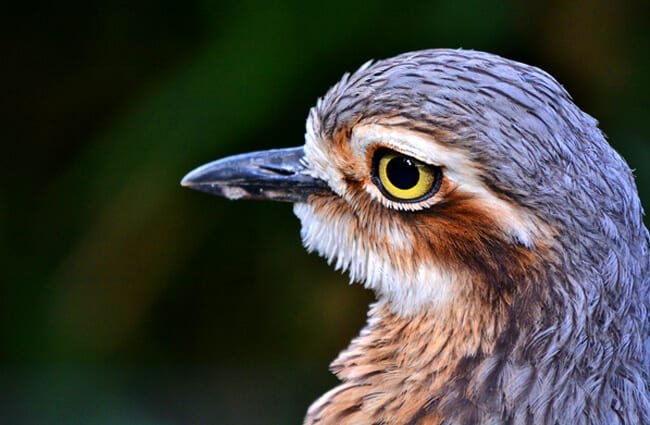
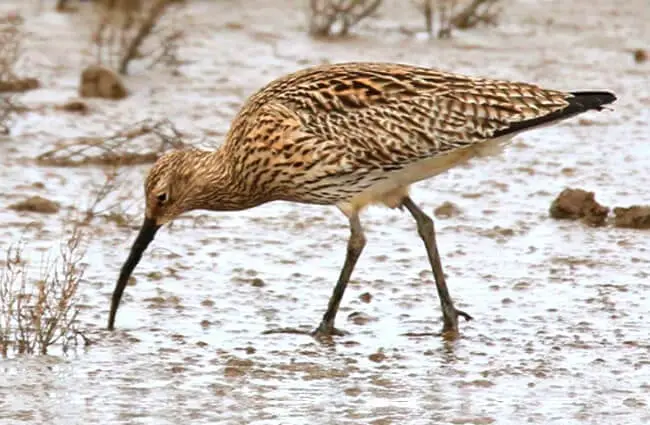


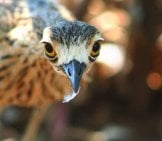
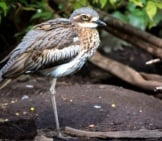
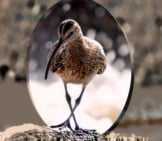
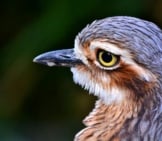
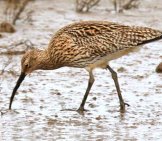
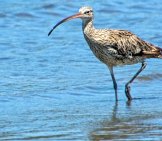
![Red Angus Closeup of a beautiful Red Angus cowPhoto by: U.S. Department of Agriculture [pubic domain]https://creativecommons.org/licenses/by/2.0/](https://animals.net/wp-content/uploads/2020/03/Red-Angus-4-238x178.jpg)












![Red Angus Closeup of a beautiful Red Angus cowPhoto by: U.S. Department of Agriculture [pubic domain]https://creativecommons.org/licenses/by/2.0/](https://animals.net/wp-content/uploads/2020/03/Red-Angus-4-100x75.jpg)

